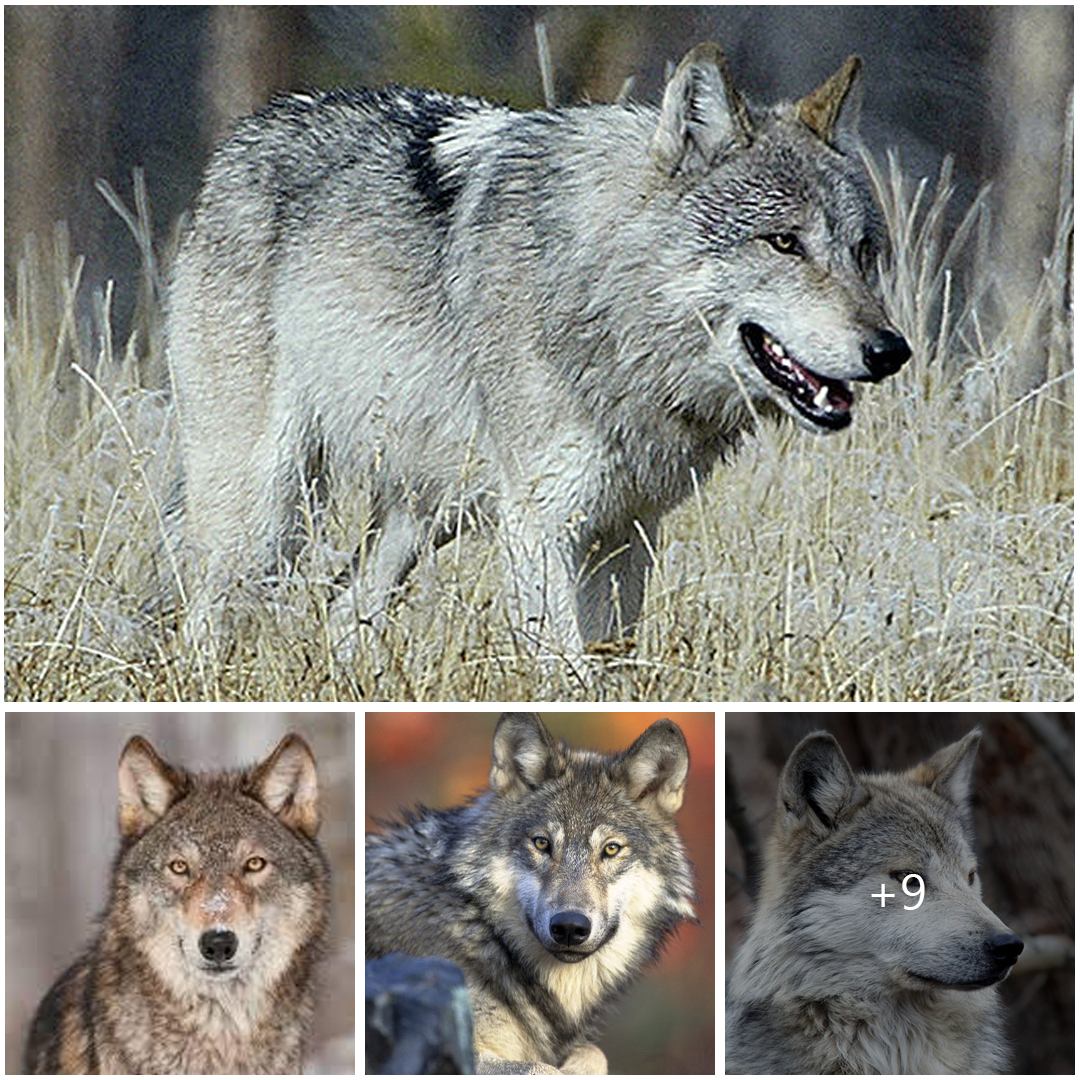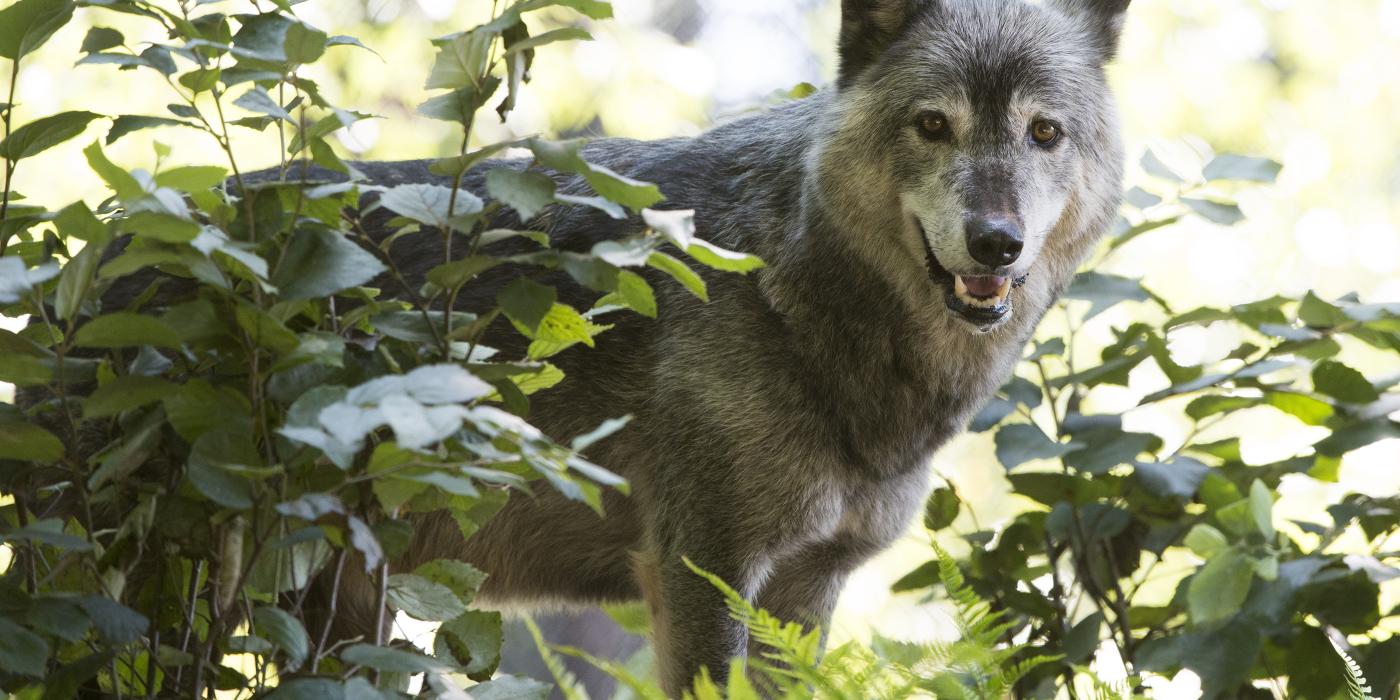
The International Union for Conservation of Nature list the status of the overall population as being of least concern, however the United States Fish and Wildlife Service lists six different populations with statuses ranging from Endangered to Delisted due to recovery. They are also listed under Convention on the International Trade in Endangered Species (CITES) Appendix II, which lists species that are not necessarily now threatened with extinction but that may become so unless trade is closely controlled.
There are currently 39 described sub-species of gray wolf including the dingo and the domestic dog, although there is a great deal of dispute surrounding some classifications. Each subspecies varies in range, appearance and conservation status. Information listed here refers to populations in the Western United States.
Gray wolves once had one of the largest natural ranges of any terrestrial mammal in the Northern Hemisphere. Human expansion into the Western United States placed wolves and humans in conflict from the outset. Cattle ranchers believe wolves to be a threat to their livelihood and a history of hunting and poisoning wolves has devastated populations, bringing the wolf to near extinction.
The Endangered Species Act of 1973 helped reestablish wolf populations by providing legal protection from the unregulated killing of gray wolves by humans. The wolf population has stabilized due to a combination of factors including legal protections, human migration to more urban areas, and land-use changes. In 1995, gray wolf populations were reintroduced in the northern Rocky Mountains and reached a successful population size by 2010.
A major threat to wolf recovery plans is the continued perceived threat to human safety. Wolves have long been portrayed in folklore as animals to be feared and this perception continues to be a challenge in modern times. Many still believe that increasing the size and distribution of wolf populations will lead to an increase in wolf attacks on humans and livestock. Even in areas with large wolf populations, attacks on humans are extremely rare. While attacks have occurred in Eurasia, there have only been four reported attacks in North America, none of which resulted in death.
Competition relating to livestock remains a major concern, and various efforts have been made by conservation groups to lessen this competition such as creating programs to compensate ranchers for the loss of livestock by wolves and installing deterrent systems. Although reintroduction programs have been successful, debate over de-listing certain wolf populations continues as threats from local and state governments to reinstate hunting and bounty programs persist.

While wolf populations are stable globally with an estimated 200,000 in 57 countries, wolves still face many threats. Conflict with people over livestock losses, human encroachment into wolf habitat, and the overall misunderstanding of the species remain serious threats to gray wolves. Opposing political, legislative, and conservation efforts continue whether the concern is for the safety and protection of the species, or their removal.





